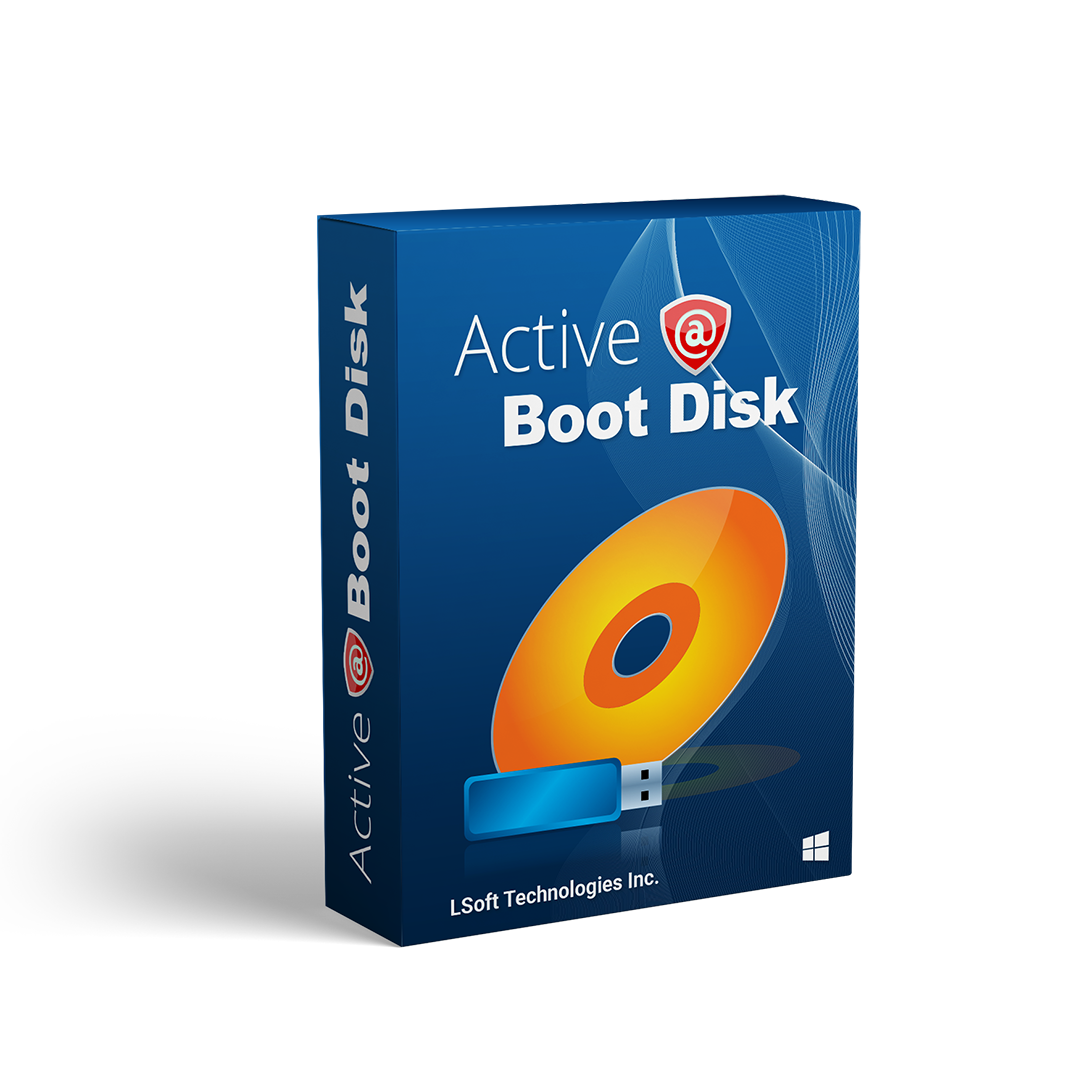The Origins and Evolution of AVI Video Formats
Introduction
The digital age brought a revolution in media consumption, with video formats evolving rapidly since the inception of digital video technology. Among the most prominent and influential video formats is AVI, or Audio Video Interleave, developed by Microsoft. An exploration into the history of AVI unveils a narrative of technological progress, adaptability, and an evolving multimedia landscape.
The Early Days of AVI Video Formats
Introduced in November 1992, AVI was part of Microsoft’s Video for Windows technology. Designed to operate on Windows-based PCs, AVI aimed to facilitate video playback and editing without the need for sophisticated hardware. The format became a key part of the multimedia capabilities of the Windows operating system, allowing users to efficiently manage audio-visual content.
Microsoft developed AVI as a fork of the Resource Interchange File Format (RIFF), a container format used for storing multimedia data. AVI files, characterized by their .avi file extension, combined audio and video data into a single file, enabling synchronized playback. The format’s compatibility with the Windows environment and its capacity to store both compressed and uncompressed data made it immensely popular during the early years of digital video files.
Innovation and Iteration: The Evolution of AVI
AVI’s underlying structure saw numerous enhancements over the years as multimedia demands expanded. Initially, the format supported only a single video stream and multiple audio streams. However, with the advent of new compression technologies and growing user expectations, iterations followed to incorporate better compression and playback features.
The introduction of codecs like DivX, Xvid, and others transformed AVI files, allowing for significant reductions in file sizes without compromising on video quality. These codecs used advanced compression algorithms, enabling the storage of high-quality video in relatively small files. As a result, AVI became a staple format, especially during the early 2000s, for file sharing and online video distribution.
The Transition to Modern Video Formats
With the digital age progressing, video file formats consistently adapt to technological advancements and changing consumer needs. Although AVI enjoyed widespread adoption, it eventually encountered competition from more advanced video formats such as MP4, MKV, and MOV. These newer formats offered better compression, support for higher resolutions, and advanced features like subtitles and multiple audio tracks.
Despite this shift, AVI remains a versatile and widely-used video format, especially in professional settings. Its simplicity, compatibility, and ability to contain multiple streams still make it relevant for specific applications, such as video editing and streaming in environments where newer codecs aren’t fully supported.
Active@ UNDELETE: A Guardian of Digital Memories
In the ever-evolving landscape of digital formats, the importance of data security and recovery cannot be overstated. Accidental deletion, system failures, and storage corruption can lead to significant data loss, affecting individuals and businesses alike. This is where tools like Active@ UNDELETE become invaluable.
Active@ UNDELETE excels in recovering deleted files, including AVI files, from various storage media. Regardless of the file system or storage device, it ensures efficient data recovery using its advanced File Signatures feature. This capability allows it to look beyond standard file directories, identifying and recovering files based on their intrinsic signatures.
Moreover, this powerful recovery tool is embedded within bootdisks such as Active@ LiveCD and Active@ Boot Disk. These bootable versions offer a robust environment for recovering data from systems that refuse to start, proving indispensable in scenarios where traditional recovery methods fall short.
Conclusion
The journey of AVI video formats is a testament to the relentless pursuit of technological advancement. From its inception as a simple solution for storing synchronized audio and video on Windows PCs, AVI has evolved through various iterations, adapting to and shaping the digital multimedia landscape.
Despite the emergence of newer video formats, AVI remains a sturdy player in the video format ecosystem. Its enduring relevance speaks to its adaptability and the ongoing developments in video compression technology.
In parallel, tools like Active@ UNDELETE ensure that, no matter how advanced or complex our digital environments become, there’s a fail-safe guarding our valuable data. Leveraging cutting-edge recovery technologies, Active@ UNDELETE provides peace of mind, safeguarding digital memories and critical business data against the unforeseen.
As digital innovation continues to redefine how we create, consume, and recover media, the symbiotic evolution of video formats and data recovery solutions underscores an unwavering commitment to technological resilience and user-centric advancement.



